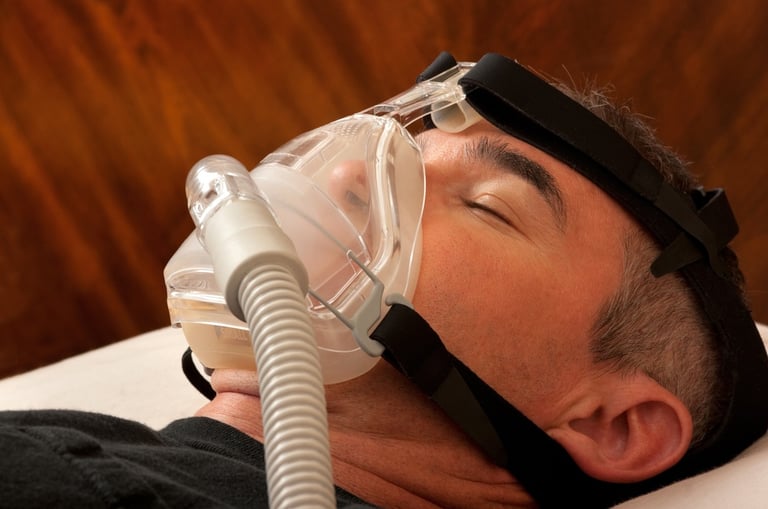
If you are diagnosed with sleep apnea, a sleep specialist may prescribe CPAP (continuous positive airway pressure) therapy. After your diagnosis, you'll be provided three components that work together to help you breathe: a box, tubing, and a mask. A CPAP mask, or sleep apnea mask, is the part of your CPAP machine that secures to your face.
Though styles of sleep apnea/CPAP masks vary, all share a few common features:
- Headgear. All masks require some sort of headgear, including straps, to secure them in place. A proper CPAP fitting session with a technician is important so you learn how to secure your headgear without overtightening, which can leave marks on your face. Headgear can also include optional support accessories — for example, an attachable chin support to keep the mouth closed while you're sleeping. A chin support can reduce oral breathing (mouth breathing), which in some cases may diminish the effectiveness of your sleep apnea therapy.
- Tubing. All CPAP masks come with a length of tubing that attaches to the box on one end. The other end of the tubing secures to your mask, delivering continuous air pressure. Tubing is usually six feet long so you can make around in your sleep.
- Ports. All apnea masks have ports that allow for the release of exhaled carbon dioxide. Some masks also include ports for patients who may need supplemental oxygen as they sleep.
- Cushioning. To make the fit as comfortable as possible and to reduce skin irritation, all sleep apnea masks are cushioned in the spots where the mask comes into contact with the face. This cushioning also improves the seal, minimizing air leaks. Cushioning is medical-grade and latex-free. It's also replaceable, meaning you can order new cushioning (or other replaceable CPAP parts) when it wears out.
How to Fit a CPAP Mask (and Why it Matters)
Proper fit and comfort are crucial to CPAP therapy. If your mask is uncomfortable in any way or makes you feel claustrophobic, you'll stop using it. After your sleep test and apnea diagnosis, a sleep technician who knows how to fit a CPAP mask will help you to choose the right mask for your needs and for your face and nose shape.
Comfort is crucial, but fit is also important to create a tight seal. A loose seal can leak pressurized air, which works against the purpose of your apnea therapy. Leaking air can also contribute to dry or irritated eyes or excess noise when you're sleeping, which may disturb your you, your bed partner, or other people in your household.
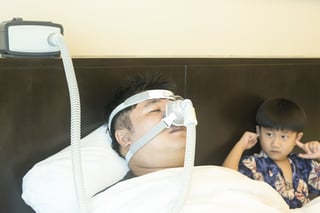 The right mask is a very important part of CPAP therapy; if your apnea mask leaks, provides ineffective air pressure, is uncomfortable, or disturbs your rest or your family's rest in any way, you will be less likely to wear it.
The right mask is a very important part of CPAP therapy; if your apnea mask leaks, provides ineffective air pressure, is uncomfortable, or disturbs your rest or your family's rest in any way, you will be less likely to wear it.
Knowing this, sleep lab technicians and your durable medical equipment (DME) specialist will work with you to help you find the right mask style to suit your needs. They'll also show you how to tighten your straps properly and how to clean, maintain, and store your CPAP equipment.
CPAP masks come in three basic styles: nasal masks, nasal pillow masks, and full-face masks. Read on to find out which type of mask may be right for you.
Nasal Masks
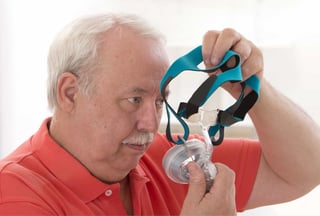 Nasal masks, also called oronasal masks, are popular because they cover the nose only and they come in enough shapes and sizes to suit almost any face.
Nasal masks, also called oronasal masks, are popular because they cover the nose only and they come in enough shapes and sizes to suit almost any face.
The mask consists of a contoured, triangular dome that fits comfortably over the nose. Pressured air comes into the mask through the tube, filling the space around the nose. Air is inhaled through the nose only, leaving the mouth free.
Many users like this style of mask because the air pressure is delivered in a less direct manner than in other styles of masks. The air circulates in the space around the nose; breathing it in feels similar to breathing regular air.
A nasal mask may be a good choice for you if:
- you naturally breathe through your nose when you sleep
- you need higher air pressure
- you toss and turn in the night
- you prefer to sleep on your side
You may not prefer a nasal mask if:
- you have nasal or sinus problems (such as head colds or allergies)
Wearing this type of mask may feel uncomfortable to those with sinus pressure or congestion. If you have a cold or allergies, you may want to temporarily switch out your nasal mask for one of the other styles.
Nasal Pillow Masks (Nasal Cushions)
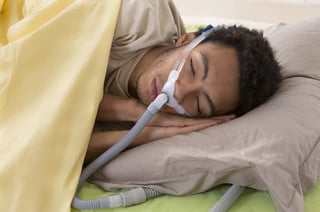 The nasal pillow style of CPAP mask is smaller than a mask that goes over the nose. It rests above the upper lip and is secured around the head with a strap. Many people enjoy this style of mask because it's minimal and the headgear is less obtrusive than other styles.
The nasal pillow style of CPAP mask is smaller than a mask that goes over the nose. It rests above the upper lip and is secured around the head with a strap. Many people enjoy this style of mask because it's minimal and the headgear is less obtrusive than other styles.
Two pillows or cushions on the mask are inserted into the nostrils, where they form a seal. Air is delivered directly into the nostrils, with more direct pressure than in a nasal mask.
Because of the snug fit created by the seal, air is less likely to leak from nasal pillows. For some users, this tight seal, combined with a higher-pressure CPAP therapy, may feel too direct.
A nasal pillow mask may be a good choice for you if:
- you naturally breathe through your nose when you sleep (you may add on an accessory chin support to keep your jaw from dropping, to reduce instances of oral breathing)
- you feel claustrophobic wearing other types of masks
- you read, wear glasses, or watch TV before going to bed (the smaller profile of this mask creates a clearer line of sight)
- you toss and turn in the night
- you wear a beard or facial hair that might interfere with the seal on other masks
- you require greater pressure settings for your CPAP therapy
- you have tender nostrils, sensitive nasal passages, or are prone to nosebleeds (the nasal cushions make direct contact with the skin inside your nostrils, which can cause dryness or pressure sores)
Full-Face Masks
A full-face CPAP mask is as it sounds — it's a mask that covers a much larger portion of the face, from the area near the bridge of the nose to the space underneath the lower lip. The main difference between a full-face mask and a nasal style mask is that full-face mask creates a seal over both the nose and mouth.
Other components of this mask include supportive pieces that fit to the forehead and the cheeks. These pieces ensure a good seal. A proper seal is important with this style of mask; multiple contact points with the contours of the face mean leaks are more likely to occur.
A full-face CPAP mask may be a good choice for you if:
- you need a greater pressure setting for your CPAP therapy
- you find it more comfortable and less claustrophobic if you are able to breathe orally (through your mouth) without diminishing pressure delivery
- you suffer from dry mouth; the humidified air delivered to a full-face mask can help to keep both the nasal passages and the mouth moist
- you sleep on your back
You may not prefer a full-face mask if:
- you have a beard, sideburns, or other facial hair that can interfere with the seal
- you sleep on your stomach
Remember, CPAP masks wear out over time. Even with proper care, you can expect to replace your mask on a regular schedule. The end of the calendar year, after your insurance deductible has been met, is often a good time to replace a mask and see what new sizes or shapes might be available.
Sources: Sleep Resolutions blog
Image credits: www.shutterstock.com









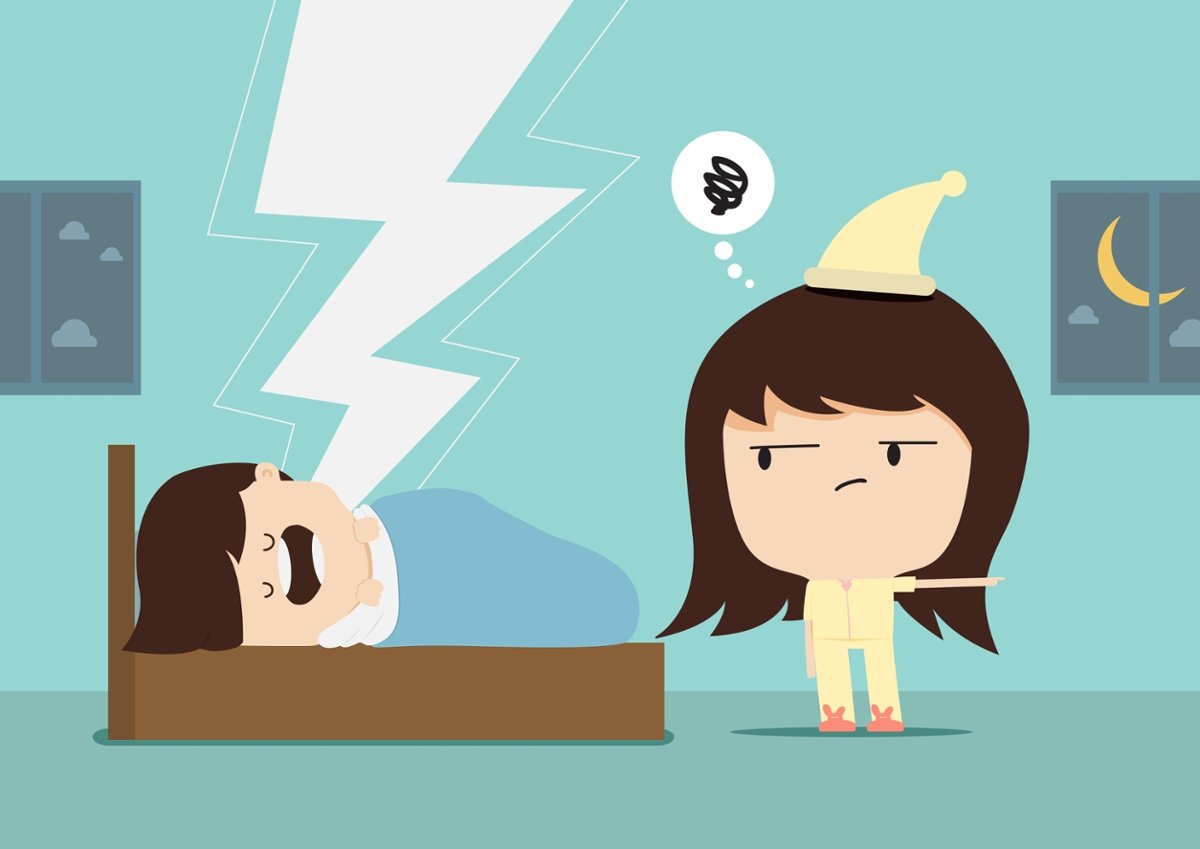

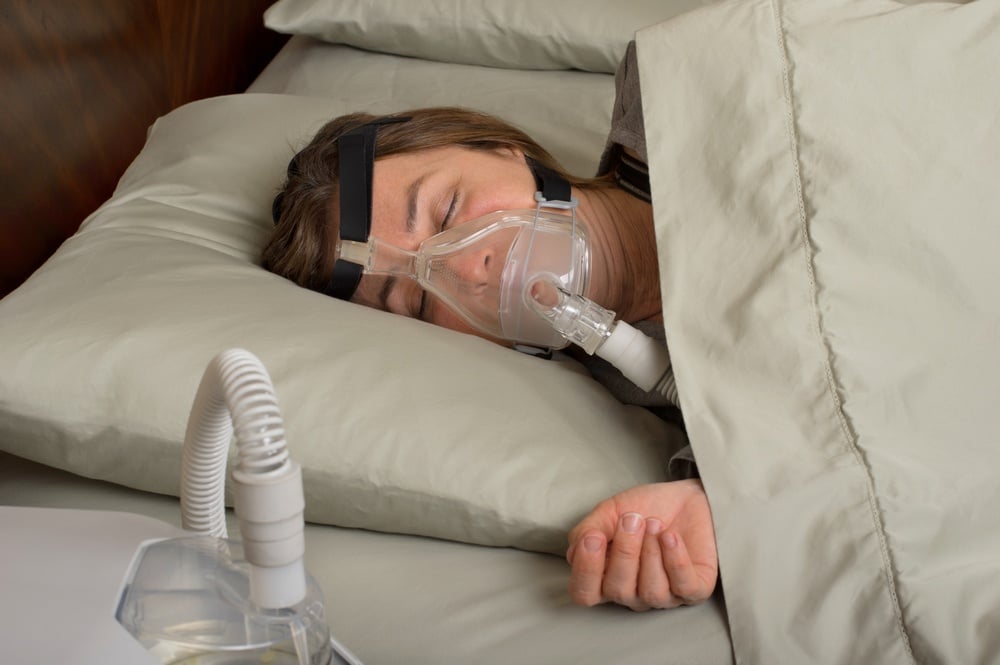
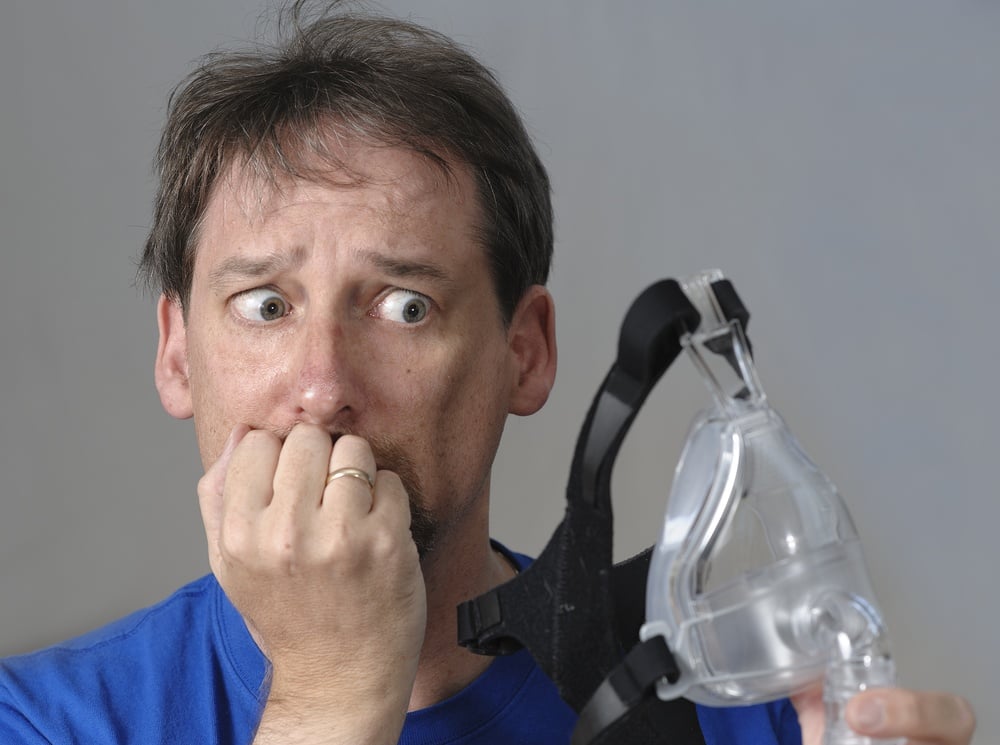
Leave a comment